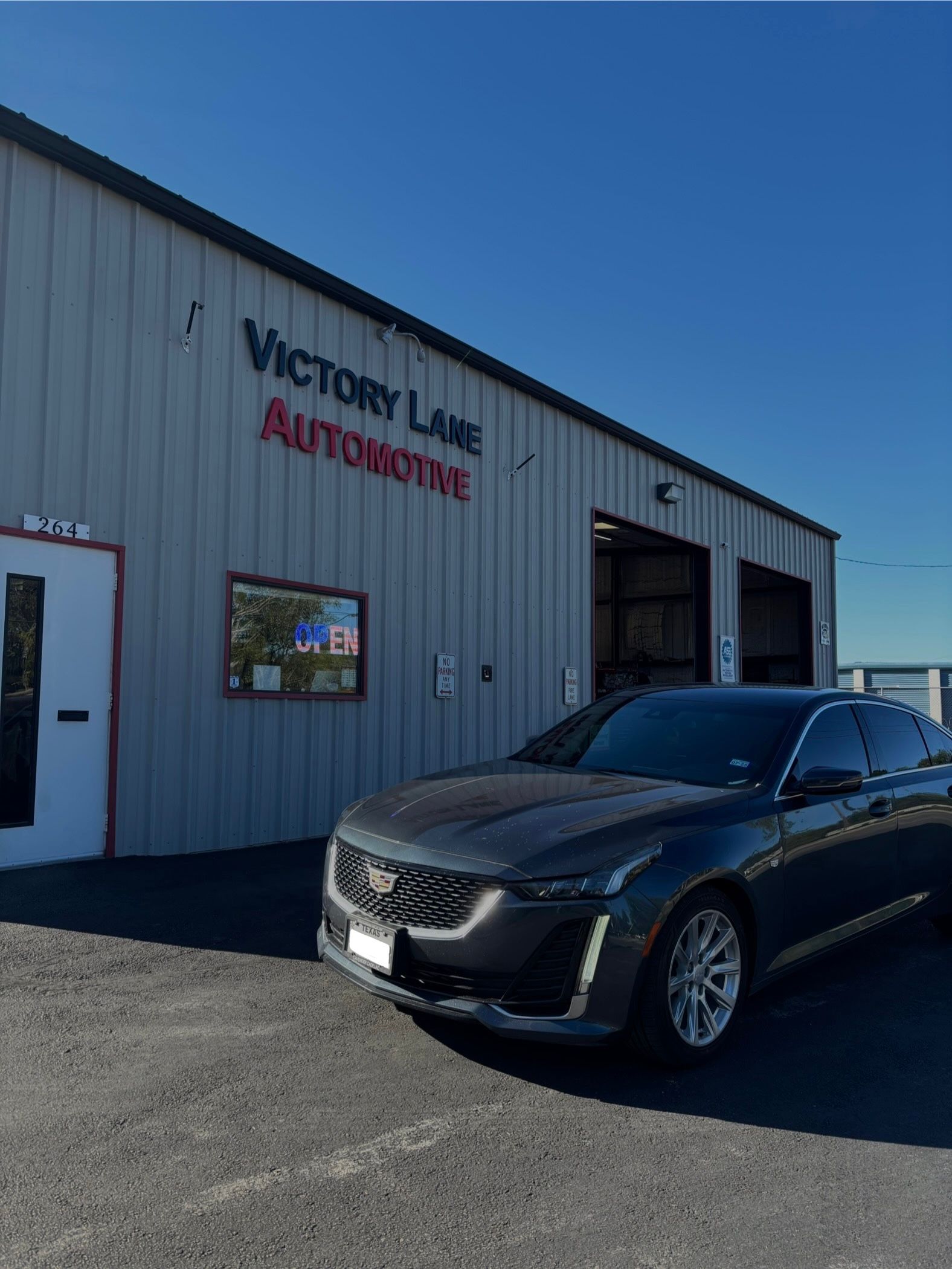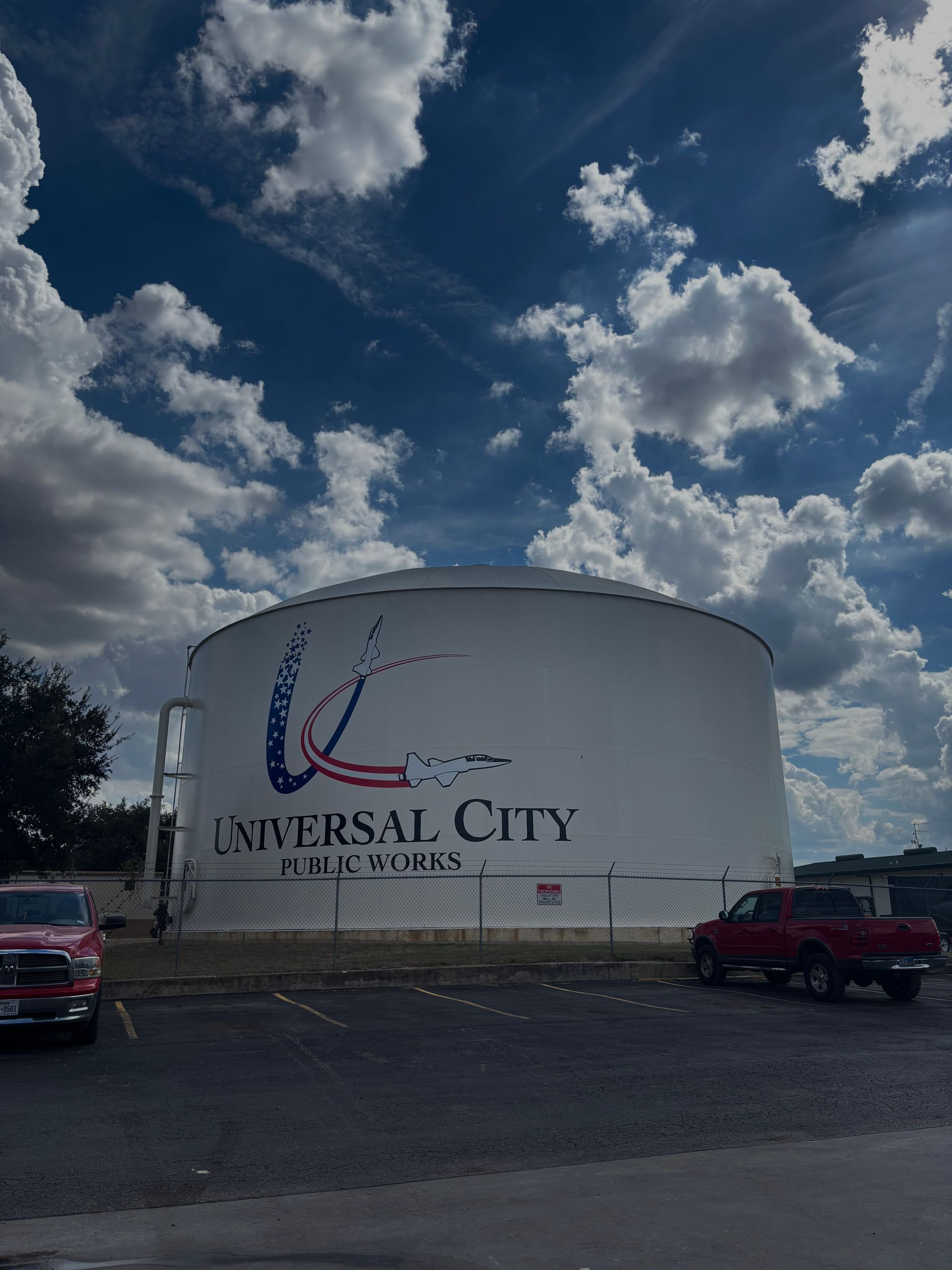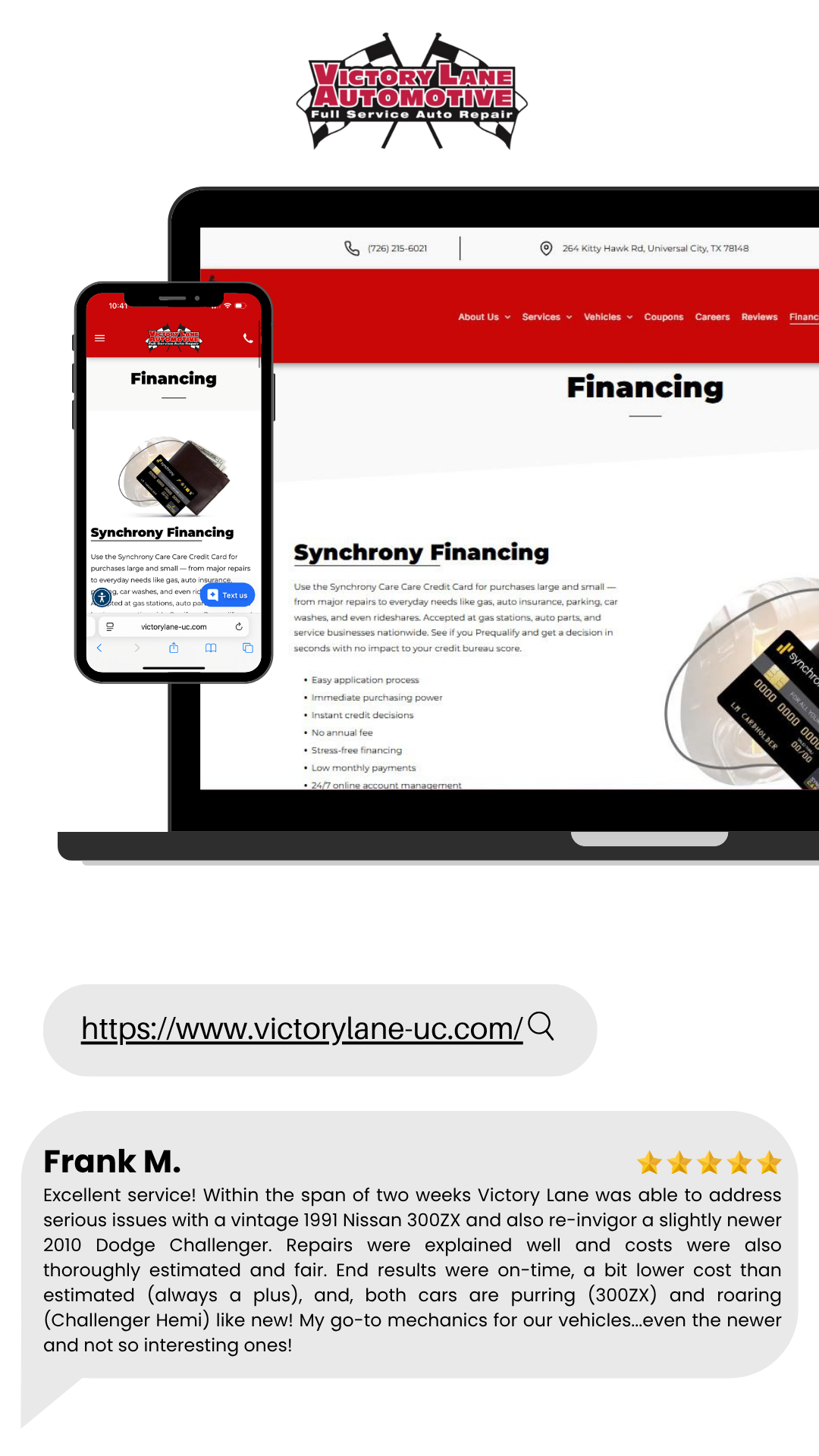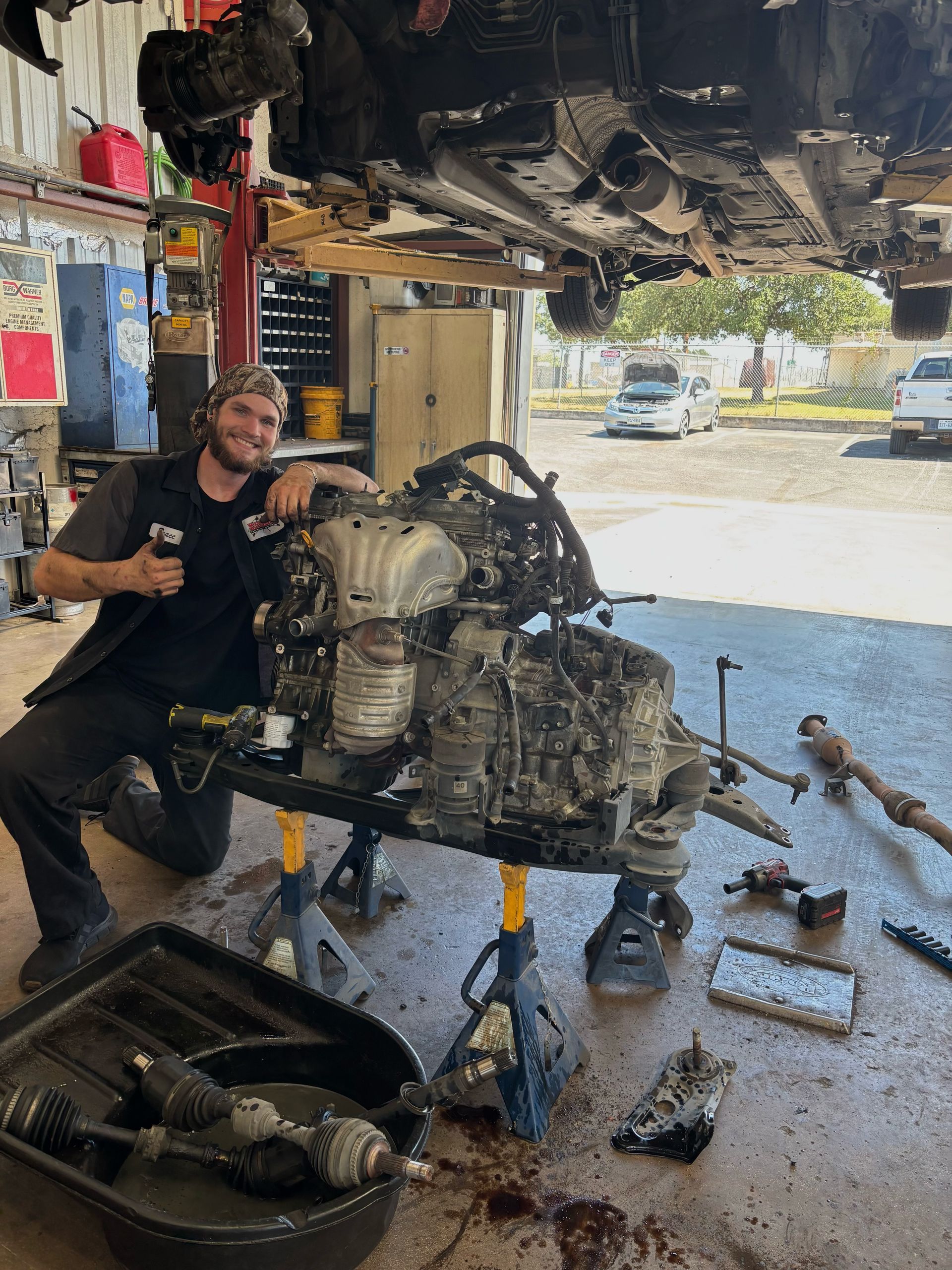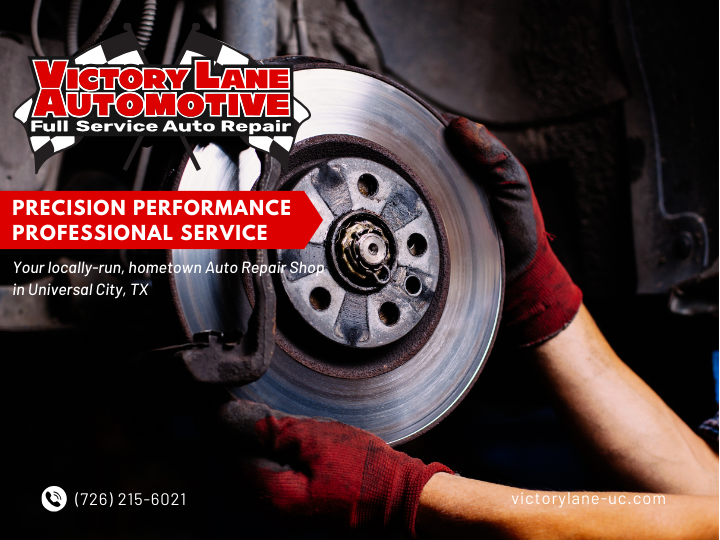Is Having a Maintenance Schedule Important for My Car?
Is Having a Maintenance Schedule Important for My Car?

Is Having a Maintenance Schedule Important for My Car? Understanding the Dealership vs. Aftermarket Debate
When it comes to maintaining your vehicle, the seemingly simple task of following a service schedule can feel confusing. Should you rely on the factory-recommended maintenance intervals, follow your dealership’s advice, or listen to your trusted local mechanic or aftermarket specialist? Each has its own recommendations, but at the end of the day, proper maintenance is essential if you want your car to last and perform optimally. Let’s break down the details and discuss how a well-thought-out maintenance schedule can keep your car on the road for hundreds of thousands of miles.
Why Regular Maintenance is Essential
First things first: why does your car need regular maintenance? Many parts in a vehicle experience wear and tear simply from everyday use. Fluids degrade, filters get clogged, and moving parts wear down. Following a consistent maintenance schedule helps address these natural consequences of driving, preventing minor issues from escalating into expensive repairs. Maintenance keeps your car safe, helps it perform better, extends its lifespan, and can even save you money in the long run.
Following Factory-Recommended Maintenance: Is It Enough?
When you buy a car, the manufacturer provides a recommended maintenance schedule that lays out intervals for necessary services. Typically, these schedules include milestones like 5,000-mile, 15,000-mile, 30,000-mile, and more extensive checks every 60,000 miles. At each milestone, specific tasks are suggested. Here’s a quick overview of typical factory-recommended maintenance items at various intervals:
- Every 5,000 miles: Oil and filter change, tire rotation, and a basic inspection of the vehicle’s systems. This interval helps maintain the essential components of the engine, keeping it lubricated and preventing excessive wear.
- Every 15,000 miles: Along with the 5,000-mile services, it’s recommended to check the battery, alignment, and cabin air filter, and consider performing a fuel injection flush to maintain engine performance.
- Every 30,000 miles: This is typically a more comprehensive service, including all previous tasks and expanding to additional fluid replacements like brake fluid, coolant, and potentially even power steering fluid. This service often also involves a thorough inspection of the transmission and differential.
- Every 60,000 miles: By this point, manufacturers may recommend more intensive maintenance, such as timing belt replacement (if applicable) and in-depth inspections of key systems Plus all other fluid exchanges. Some manufacturers, like Kia, might also recommend replacing certain components sooner than others, depending on their design and requirements.
The Aftermarket vs. Dealership Debate: Who’s Right?
While following factory recommendations is essential, aftermarket shops or independent mechanics might suggest additional services or adjustments. So who’s right? Let’s look at both perspectives.
- Dealerships: Dealerships typically advocate for factory-recommended maintenance schedules. These intervals are designed based on the vehicle’s engineering and anticipated usage patterns. Dealerships often use Original Equipment Manufacturer (OEM) parts, which may have higher quality standards than some aftermarket parts, preserving the warranty and maintaining the vehicle's designed performance. However, dealership services can be pricier, and their schedules may be designed to keep maintenance costs low per industry standards, sometimes at the expense of long-term longevity.
- Aftermarket Shops/Independent Mechanics: Many aftermarket specialists advocate for more frequent or additional services not always outlined in the factory manual. For instance, while a manufacturer might not mention certain fluid exchanges until 30,000 miles, an aftermarket mechanic might recommend them sooner based on real-world driving conditions. They might suggest more frequent cabin air filter replacements, alignment checks, or even fuel system treatments. Aftermarket mechanics focus on maximizing the life of your car, aiming to reduce the chances of long-term failures that could result from postponed maintenance. While these services may seem “extra,” they can benefit drivers who plan to keep their vehicle for a long time.
The Importance of Routine Fluid and Filter Replacements
In addition to oil changes, several other fluids and filters in your car benefit from routine replacement:
- Cabin Air Filter: This filter is essential in maintaining air quality inside the car. Unlike your home’s air filter, the cabin air filter handles outdoor air, which can be full of dust, pollen, and pollution. Replacing it at regular intervals keeps your interior air clean and helps your HVAC system run efficiently.
- Brake Fluid, Coolant, and Transmission Fluid: These fluids are crucial for safety and optimal function. Brake fluid, for example, absorbs moisture over time, which can reduce braking efficiency. Similarly, transmission fluid and coolant degrade with use, affecting their ability to protect components from heat and wear.
Building a Sustainable Long-Term Maintenance Plan
A reliable maintenance schedule goes beyond the basics. If you’re looking to keep your car running smoothly for the long haul, here’s a more extensive look at maintenance practices, covering 5,000-mile, 15,000-mile, and 30,000-mile intervals, and beyond:
- 5,000 Miles: Standard oil and filter change, tire rotation, and an overall digital vehicle inspection to catch early signs of wear or damage.
- 15,000 Miles: Oil change, tire rotation, alignment, battery service, fuel injection flush, and cabin air filter replacement. This interval is more comprehensive and ensures that the engine, tires, and battery stay in good condition.
- 30,000 Miles: In addition to the previous services, this interval typically includes fluid exchanges (brake fluid, coolant, transmission fluid, power steering fluid if applicable). Some vehicles will also need additional fuel injector servicing and checks on the differentials and transfer case.
- 60,000 Miles and Beyond: By the time your car reaches 60,000 miles, shocks and struts, along with key components like the timing belt, may need attention. Some aftermarket specialists recommend spark plug replacements earlier than the factory-suggested 100,000 miles, as waiting too long can affect engine performance.
- 75,000+ Miles: Maintenance continues with each major milestone, usually repeating every 5,000, 15,000, and 30,000 miles as above. This is when we are going to recommend shocks and struts. Some vehicle owners follow this routine all the way to 500,000 miles and beyond.
The Bottom Line: Plan Ahead, Follow a Schedule, and Choose the Right Shop
Maintaining your car isn’t just about following a basic schedule – it’s about planning for the future. Many independent shops and dealerships offer online maintenance trackers or provide reminders, helping you keep track of upcoming services and costs. This allows you to budget for your car’s maintenance rather than dealing with surprise repairs down the road.
So who’s right – the dealership or the aftermarket? In truth, both can be correct, depending on your needs and how long you plan to keep your car. Dealerships are reliable for standard factory maintenance, while aftermarket shops offer a more proactive approach to vehicle longevity. With a good maintenance schedule, you’ll enjoy a reliable vehicle that’s built to last, mile after mile.

